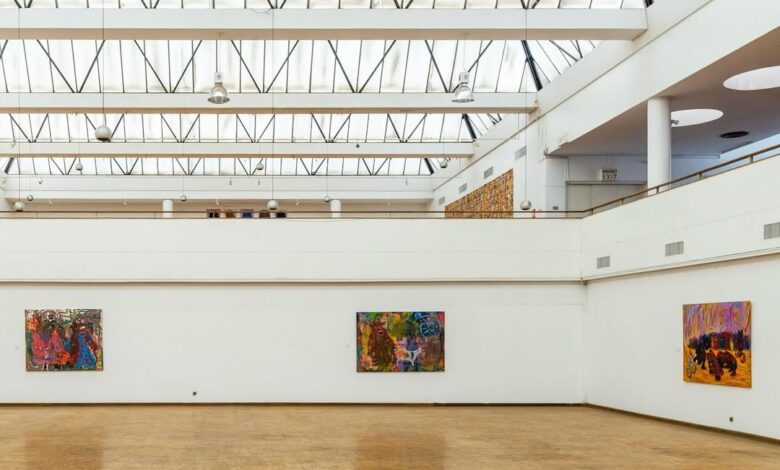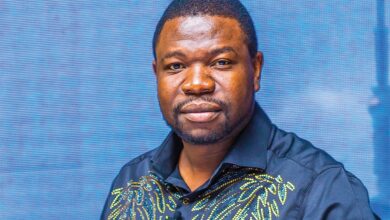Zimbabwean Artists Inspire Youth at National Gallery’s Artist Talk Following La Biennale di Venezia Showcase

The National Gallery of Zimbabwe (NGZ) in Harare recently hosted a powerful Artist Talk conversation aimed at inspiring young creatives, curators, and prospective art buyers. The event highlighted the works exhibited at the Zimbabwe Pavilion during the 60th edition of La Biennale di Venezia in Italy, with renowned artists Troy Makaza and Victor Nyakauru taking centre stage.
The session was part of a broader initiative by NGZ, spearheaded by Senzeni Thandani, curator for education and public programming, to foster deeper engagement with Zimbabwe’s contemporary art scene. The Zimbabwe Pavilion was curated by NGZ deputy director Fadzai Veronica Muchemwa and was themed “Undone an Existent Crisis” — a direct response to the global theme “Foreigners Everywhere.” The featured artworks, mostly created during COVID-19 lockdowns, used upcycled materials to explore questions of identity, displacement, and transformation.
Artists Gillian Roselli, Sekai Machache, Moffat Takadiwa, Kombo Chapfika, Victor Nyakauru, and Troy Makaza contributed to the exhibition. At the Artist Talk, former NGZ School of Visual Arts students Nyakauru and Makaza shared their experiences and gave deeper insight into their creations.
Nyakauru presented his mixed media piece “Chikwezvero,” crafted from leather, staples, rivets, steel, and wood, which reflected themes of unity and personal memory. He also exhibited “Ziva Kwawakabva” (Remember Where You Came From) and “Maponde Anoyera” (Holy Mats), installations that encouraged cultural reflection and the reclaiming of heritage. “Chikwezvero means attraction — a binding force. Leather is symbolic of what we live with. These works ask us to restore and reclaim what matters,” said Nyakauru.
Makaza captivated audiences with his work “Finding Neverland 1,” a reimagined Zimbabwe map created using resin, silicon, and board. He also showcased “Mwana waMambo Muranda Kumwe” (A King’s Son is a Servant in Another Land), a pearly gate-like structure representing displacement, respect, and cultural symbolism. “The gate’s design invites reverence and reflection. It represents entering royal spaces with caution and humility,” said Makaza. His work, he added, speaks to society’s evolution and the generational shifts in identity.
Curator Fadzai Muchemwa described the exhibition theme “Undone an Existent Crisis” as a meditation on existential struggles, especially during times of societal upheaval. In her synopsis, she wrote: “We are mixed in crisis of meaning, purpose, and identity… but this is also an opportunity for growth and self-discovery.” She challenged audiences to rethink geography, space, and sonic histories disrupted by the pandemic.
The event, hosted by Kudakwashe Chakwanda, was attended by art students, University of Zimbabwe lecturers, First Floor Gallery members, and other creatives. Discussions also addressed the health risks associated with using found materials and the importance of understanding migration maps and changing borders. Both Makaza and Nyakauru advised aspiring artists to approach their work thoughtfully and urged Zimbabwean diasporans to return home and contribute to cultural restoration.
The Artist Talk served not only as a showcase of artistic excellence but also as a platform for dialogue and cultural introspection. It underscored the power of art to provoke thought, inspire the next generation, and lay the foundation for a more connected, self-aware creative future in Zimbabwe.




